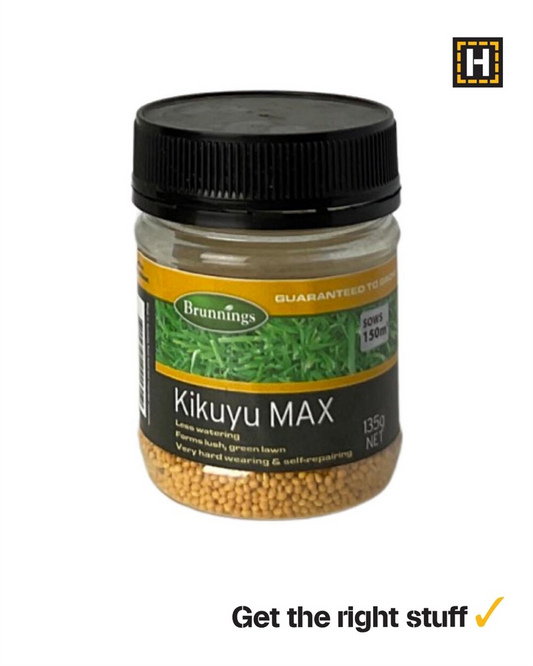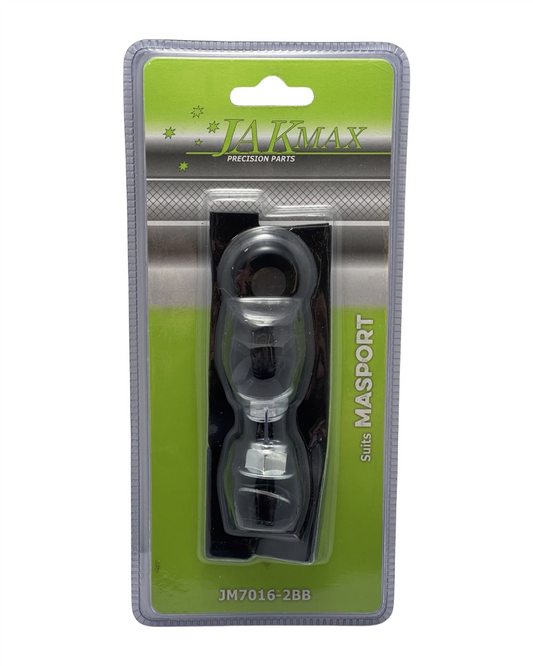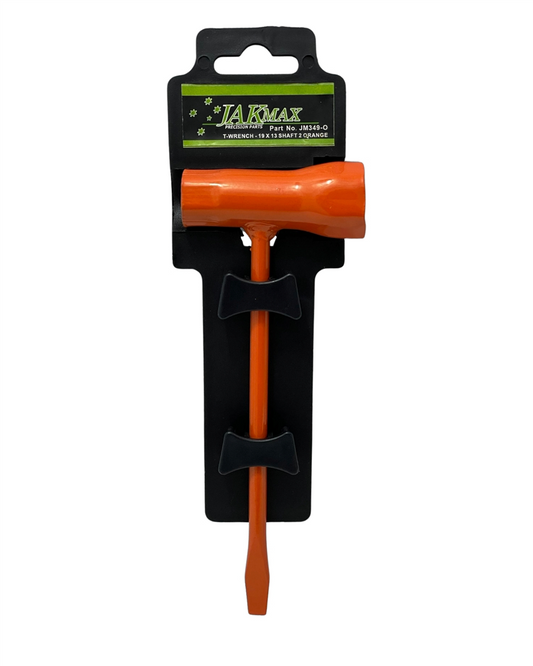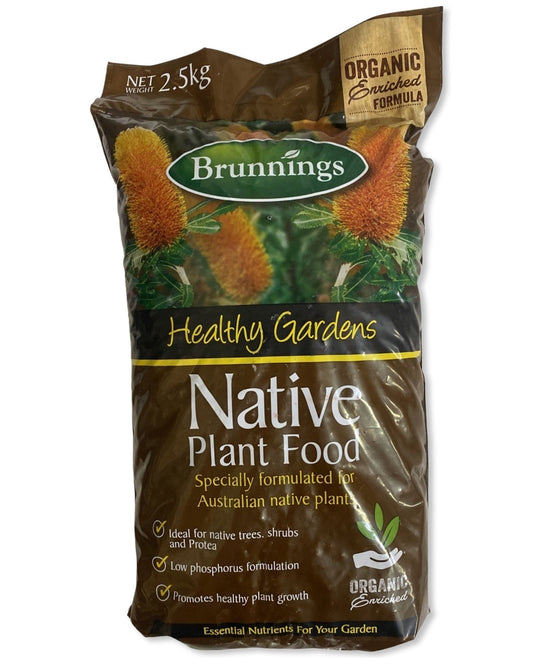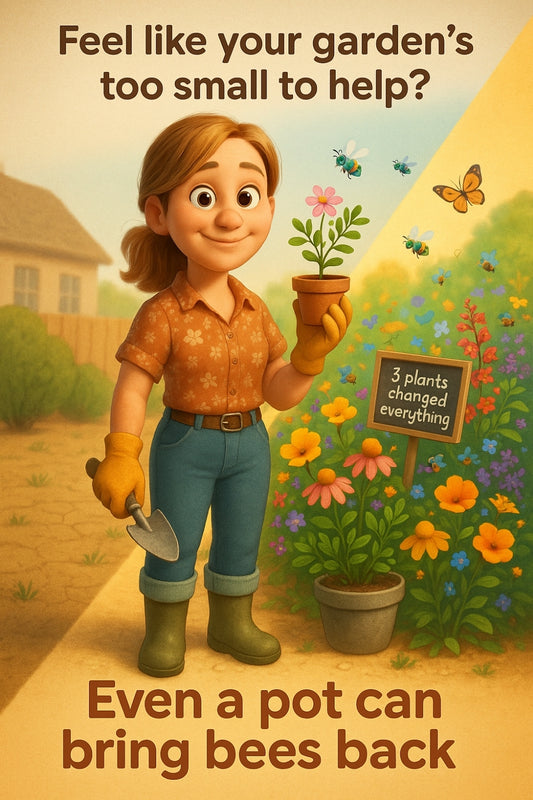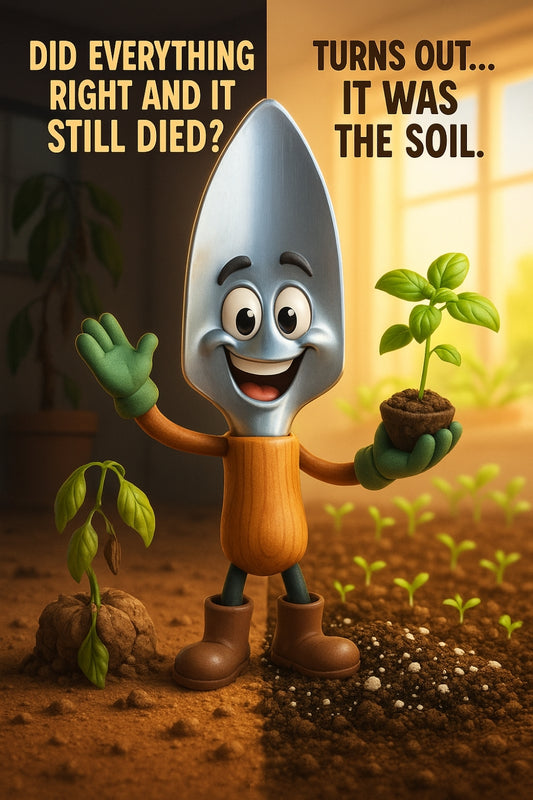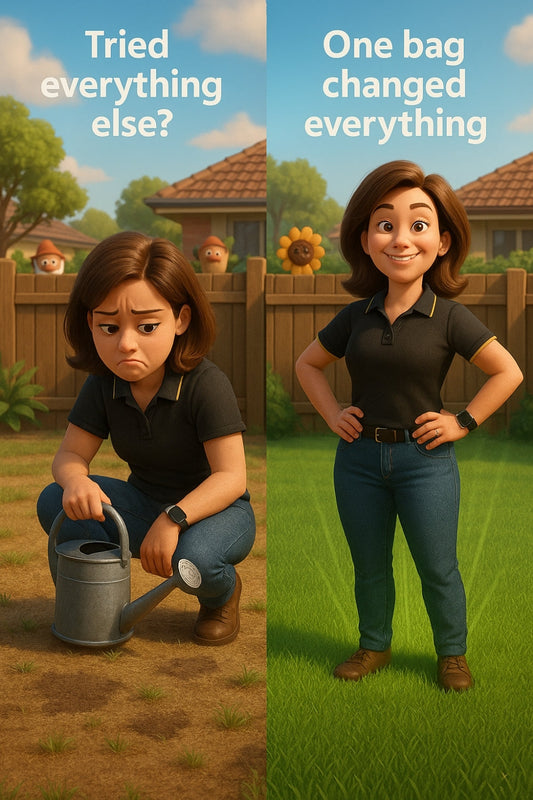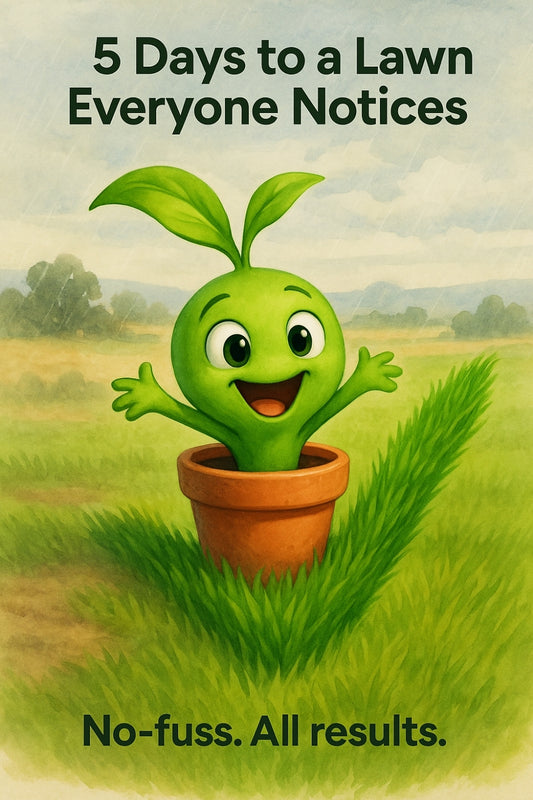Fiskars says pro — but are you buying tools or just collecting garden clutter?
Share
Starting Your Garden Toolkit Doesn’t Need to Be Overwhelming
Garden like a local: How to grow your confidence and your garden without going broke
You know that Fiskars pruning set you keep eyeing on gardening shows? Great tools matter — but great results start with knowing which ones you actually need. If you're feeling unsure where to begin, you're not alone. That first wave of excitement about planting herbs or tomatoes is often followed by the question: what do I really need to get started?
Let’s pull back the curtain. One of our regulars started with just four basic tools and turned a neglected rental backyard into a lush mix of lavender hedges, cherry tomatoes, and cosmos. It’s not about having everything — it’s about starting with the right things.
The Only Five Tools You Need to Say "I’m a Gardener Now"
Forget the eight-piece sets that gather dust in sheds. Here’s what actually earns its keep in South Aussie gardens:
- Hand Trowel: Think of it as the spoon of the garden — for digging, planting, transplanting.
- Secateurs: Your pruning partner for snipping herbs, shaping plants, and taming stragglers.
- Gardening Gloves: Not just for comfort — they protect against prickles, soil, and that weird bug you don't want to touch.
- Soil Conditioner or Compost Scoop: Essential for turning tired ground into good earth.
- Watering Can or Nozzle: Gentle delivery keeps seedlings happy and reduces waste.
Stick to those five. Borrow more if you need to. Or better yet — ask your neighbour who gives away zucchinis each summer. You’ll be surprised how many seasoned gardeners love helping beginners bloom.
What Tools Not to Buy (Yet)
Resist the shiny things. That fancy bulb planter? Stunning, but probably useless if you’re not planting tulips by the truckload. A petrol-powered blower in a balcony garden? Not helpful. ‘Starter kits’ often contain fluff you won’t use for a year — if ever.
“I spent more time figuring out some of those gadgets than planting anything. Now I just use my trowel and fingers.” – Local gardener Mel
Instead, focus on tools that feel intuitive. The ones that match your current space, skills, and schedule. You can always upgrade later — if you really need to.
Smart Substitutes: What You Might Already Have
Starting fresh doesn’t always mean buying new:
- An old spoon = trowel in soft soil
- Ice cream container = lightweight watering can
- Kitchen scissors = mini pruners until your herbs get thick
- Plastic gloves = emergency garden gloves (just double up!)
Of course, these aren’t forever. But in those first few weeks when you’re just figuring stuff out, they work. And they give you the best kind of feedback: "Maybe I like this planting thing. Maybe I’m good at it."
Buy Slow, Grow Fast
Your toolkit can grow as your garden grows. The more you plant, the more you’ll notice what’s missing. That’s when you’ll make better buying decisions — based on your space, your routine, and your style of gardening.
Here’s what we often see:
- Week 1–2: Trowel, gloves, seeds, soil. Done.
- Week 3–4: Snips feel useful, maybe a kneeling pad.
- Month 2: You’re eyeing a potting bench and a hose nozzle. Which means… you’re becoming a gardener.
From Tools to Confidence
This isn’t about stuffing your shed. It’s about creating quiet mornings with a cup of tea and the sound of watering hitting soil. It’s hearing a curious friend say, “Oh wow, you grew this?” and knowing — yes, you did.
Build slow. Ask loads of questions. Start with tools that feel “small” — but end up making a big difference. Because the real toolkit you’re building? Is belief in your own green-thumbed self.
See you around the garden centre. We’ll help you pick what works and skip what doesn’t.
Cheers,
Candeece
 Stay Connected
Stay Connected
Join our gardening community on Facebook: Urban Gardener's Notebook
And follow our Store Facebook Page: Strathalbyn H Hardware on Facebook


